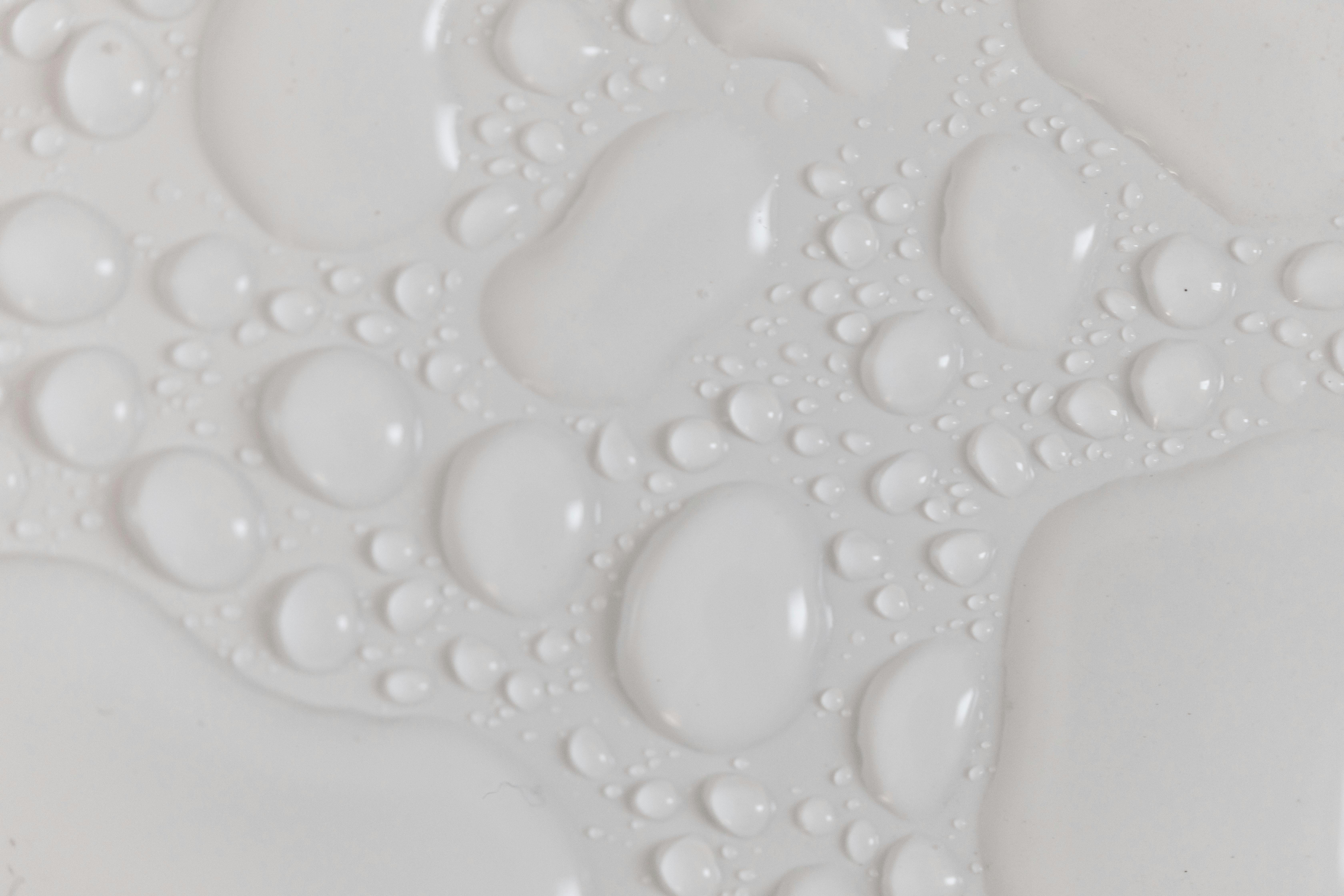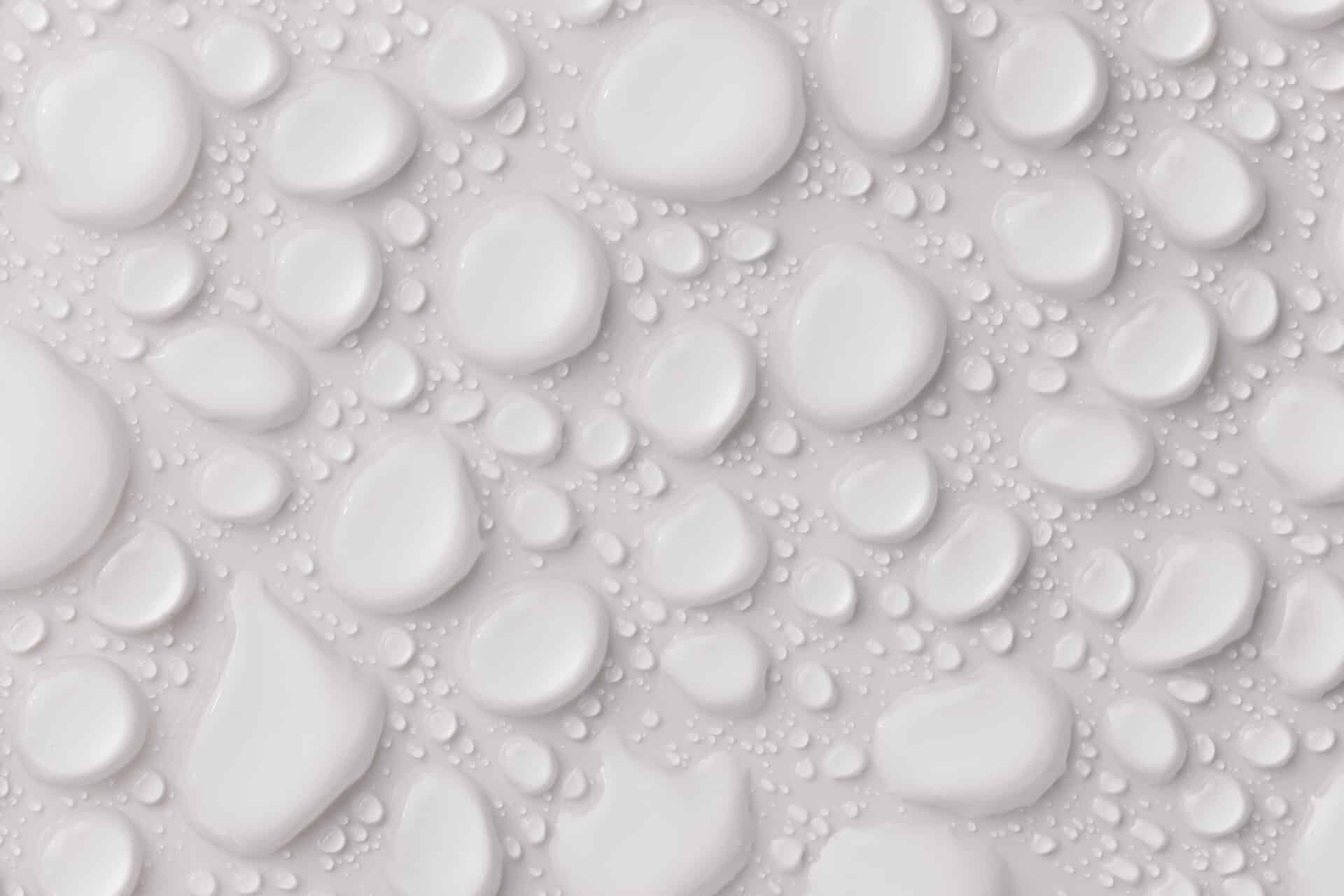Water is an essential part of life and there are many different types available. Distilled and purified water are two types of water that are often confused with one another. Both types of water go through a purification process, but there are some key differences between them. This article will explore the difference between distilled and purified water, how each type of water is made, and the potential uses for each type.Distilled water is water that has been boiled into vapor and then condensed back into liquid form. It is essentially purified water as many of the impurities and minerals have been removed during the distillation process. Distilled water is often used in medical facilities and laboratories as it does not contain any contaminants that could interfere with experiments or treatments.
What Is Purified Water?
Purified water is a type of water that has been treated to remove impurities, such as bacteria, viruses, and other contaminants. It is usually produced through either a physical or chemical process. Physical methods of purification include distillation and reverse osmosis. Chemical processes may involve filtration, chlorination, or ozonation. Purified water is often used in medical and laboratory settings as it helps to reduce the risk of infection and contamination. It is also widely used in industries such as food preparation, where it helps to ensure that products are safe for consumption. In addition, purified water may be used for drinking and cooking purposes in some households.
The quality of purified water can vary depending on the method used to purify it. Generally speaking, purified water will contain fewer contaminants than regular tap water but may still contain trace amounts of certain minerals or chemicals. Therefore, it is important to understand the process used to purify the water in order to ensure its safety for consumption or other uses.
How Distilled Water Is Produced?
Distilled water is a type of purified water that has had all of its impurities removed through a process of distillation. The process involves boiling the water and then condensing the steam back into a liquid. This removes any contaminants, such as minerals, bacteria, or chemicals, that were present in the original water. The resulting distilled water is then often filtered to remove any remaining particles before being bottled and sold for consumption. It is also used in many industrial processes where pure water is needed for certain applications.
The distillation process starts by heating the source water until it begins to boil. At this point, the impurities are left behind and only pure water vapor rises from the boiling liquid. This vapor is then collected and cooled until it condenses back into a liquid form. The condensed liquid, now referred to as distilled water, is then collected for further processing or bottling.
Distilled water can be produced at home or in large-scale industrial operations. Small-scale distillation setups typically use electric heaters or steam boilers to heat the source water before passing it through a condenser unit that collects and cool
Purified Water
Purified water is water that has had impurities removed through a filtration process. The process of producing purified water involves several steps to ensure the highest quality of water is achieved. The most common method of purifying water is by using reverse osmosis, which uses a semi-permeable membrane to remove sediment, bacteria, and other contaminants from the water. After that, the water is further treated with ultraviolet light and ozone gas to kill any remaining bacteria or pathogens. Finally, it is filtered with activated carbon to remove any remaining impurities and improve taste and smell. The entire purification process can take anywhere from a few hours to a few days depending on the type of purification system used.
Once the purified water has been produced, it must be tested for contaminants and other pollutants to ensure it meets safety standards for drinking. This testing process involves measuring levels of various minerals and other substances in the water such as chlorine, lead, iron, manganese, copper, nitrates, and more. Once it has passed these tests, it can then be bottled or distributed for use in homes or businesses.
<
Sources Of Distilled Water
Distilled water is water that has been purified by distillation. It is created by boiling the water and then condensing it back into liquid form, leaving behind any impurities. This makes it a great choice for drinking, cooking, and other uses where you don’t want to introduce contaminants into the environment. There are several sources of distilled water available today, making it easy to find the right option for your needs.
The most common source of distilled water is from a home distiller or machine. These machines can be purchased online or in most home and kitchen stores. They work by boiling the water and then condensing it back into liquid form, leaving behind any impurities that may have been in the original source of water. The end result is pure distilled water that can be used for drinking, cooking, or other uses around the home.
Another source of distilled water can be found at grocery stores and pharmacies. Many stores now carry bottled distilled water in various sizes and quantities, making it easy to find what you need without having to purchase a distiller machine.

Sources Of Purified Water
Purified water is water that has been treated to remove impurities, contaminants, and other unwanted substances. It is essential for healthy living and can be found in many sources. Common sources of purified water include bottled water, filtered tap water, reverse osmosis systems, distillation systems, and deionization systems.
Bottled water is a popular and convenient choice for many people. This type of water has gone through a purification process and can be bought in grocery stores or online. The downside of this option is that it can be expensive and the plastic packaging can have a negative impact on the environment.
Filtered tap water is another option for obtaining purified water. Many homes have filters attached to their faucets that remove impurities from the tap water before it reaches the glass. These filters must be replaced regularly to maintain their effectiveness against contaminants.
Reverse osmosis systems are designed to purify large quantities of water quickly and efficiently. This system forces tap water through a membrane that traps sediment, chemicals, heavy metals, bacteria, viruses, and other pollutants before
The Benefits of Distilled Water
Distilled water has many benefits for both health and household use. It is one of the purest forms of water available, as it is free from minerals, salts, and other contaminants. Distilled water is also free of bacteria, viruses, and other microorganisms that can be found in other types of water. Here are some of the benefits of using distilled water:
Improved Hydration
The lack of minerals in distilled water makes it easier for your body to absorb it. This means that you will feel more hydrated than if you were drinking regular tap water. The minerals present in tap water can make it difficult for your body to absorb the necessary fluids, resulting in dehydration.
Cleaner Taste
Distilled water has a cleaner taste than regular tap water because it is free from chlorine and other chemicals used to treat the public drinking supply. This can be especially beneficial when using distilled water for cooking or making beverages. You’ll find that food cooked with distilled water will have a better flavor and texture than food cooked
Benefits Of Purified Water
Purified water is a type of water that has been filtered or processed in order to remove contaminants and impurities, such as bacteria, parasites, and other harmful compounds. It is often used for drinking, cooking, and other household purposes. The benefits of purified water are numerous and include improved health, better taste, and a more hygienic environment.
The most important benefit of purified water is improved health. By removing impurities from the water, we can reduce our risk of exposure to harmful bacteria and parasites that can cause serious illnesses. This is particularly important for vulnerable populations such as children and the elderly. Additionally, by removing these contaminants, we can also reduce our risk of developing cancer or other chronic diseases that are associated with long-term exposure to contaminated water.
In addition to improved health benefits, purified water also has a much better taste than regular tap water. This is because it does not contain any chemicals or other substances that can alter the flavor of the water. This makes it an ideal choice for drinking and cooking since it will provide a much more pleasant taste than

Conclusion
Distilled water and purified water are both commonly used for drinking, cooking, and other general use applications. While both provide benefits such as removing contaminants and improving taste, they differ in the way they are produced. Distilled water is created through a process of evaporation and condensation while purified water is created by using methods such as reverse osmosis, filtration, or other chemical processes. Both types of water can be used for the same purposes but it’s important to understand the differences between them in order to make an informed decision.
Ultimately, distilled water and purified water are both great options for providing clean, fresh-tasting drinking and cooking water. Depending on your needs and preferences you may find one or the other more suitable for your situation. It’s important to be aware of the differences between them so that you can choose the best option for your own individual needs.

